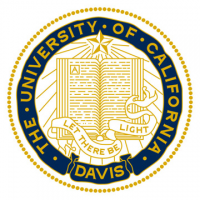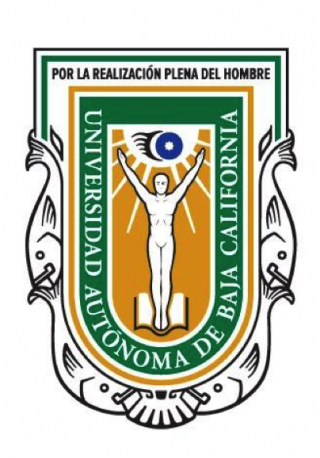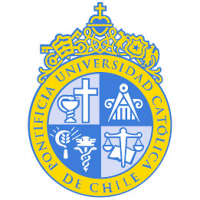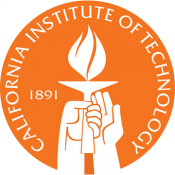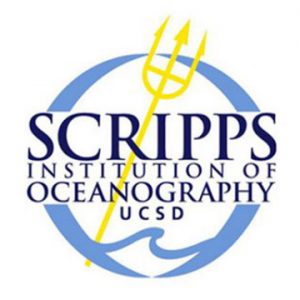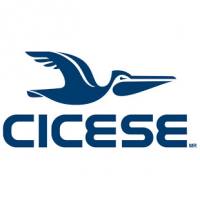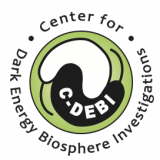During a 2018 expedition aboard R/V Falkor, Drs. David Caress, Ron Spelz-Madero, Raquel Negrete-Aranda, and Victoria Orphan, alongside a team of interdisciplinary researchers and engineers, explored the recently discovered Auka Vent Field. The Auka Vent field is a series of hydrothermal vents located in Pescadero Basin, one of several small ocean basins in the tectonically active Gulf of California (GOC). While mapping, exploring, and sampling Auka with ROV SuBastian, the team deployed seafloor mapping AUVs to explore other parts of the basin. The AUV data revealed another new hydrothermal vent field, which they named JaichMaa ’jag, a term from the indigenous Kiliwa people in the GOC that roughly translates to “Liquid Metal”. The name refers to an underwater cavern with hot fluid pooled at the ceiling creating a reflective surface like an upside-down lake, which was unveiled within a chimney in the new vent field. The work contributed to a growing body of research determining the hydrothermal vents in the Pescadero Basin are distinct from other known vent systems, from the minerals they emit to the animals that live on them. In September 2021, the researchers will return to further their interdisciplinary investigation of the Gulf of California. They plan to map the neighboring Carmen and Farallon Basins, characterize heat flow in the Pescadero Basin, and examine hydrothermal vent microbiology and ecology in the Auka and JaichMaa ’ja’ag fields in order to further our understanding of these recently discovered hydrothermal systems.
The Gulf of California
The Gulf of California (GOC) is a relatively young feature of our planet. Its formation is estimated to have started ~12.5 million years ago when Baja California began to break away from the North American continent. The GOC is the northernmost portion of the East Pacific Rise, a mid-ocean ridge that extends down to Antarctica. Several tectonic plates move away from the Pacific Plate along the East Pacific Rise, creating a spreading center. Spreading centers are tectonic boundaries where new crust (the outermost layer of our planet) forms. The Gulf of California spreading varies from the rest of the East Pacific Rise because it is where the North American Plate begins to move alongside the Pacific Plate, transitioning into a transform fault. The transform motion dominates farther north and is known as the San Andreas fault system.
The movement results in both spreading and sliding between the two plates and, over time, have opened up four deep ocean basins known as the Guaymas, Carmen, Farallon, and Pescadero Basins. Guaymas and Pescadero basins contain documented hydrothermal vents, but there has been little exploration and mapping of the Carmen and Farallon Basins. Leg One of the expedition will focus on multibeam mapping the Carmen and Farallon Basins to better characterize these geologic features and inform future scientific endeavors in the region. Mapping the Carmen and Farallon basins will also aid in understanding the opening of the Southern Gulf of California, as the science team searches for features affiliated with the opening of the Gulf.
Hydrothermal Vents in the GOC
The hydrothermal vents in the Pescadero Basin vary significantly from other known vent communities physically, chemically, and ecologically. The temperature, chemical make-up, and animals that live on these vents are unlike vents found in other parts of the world. Due to the shape and surrounding land, the GOC facilitates heavy sedimentation of the Pescadero Basin. Debris runs into the basin from surrounding watersheds, and organic matter sinks to the bottom from photosynthetic organisms living in the surface waters. Most hydrothermal vent communities exist in deeper, offshore regions that do not experience sediment build-up. This sedimentation affects the chemistry and make-up of the hydrothermal vents. The vents observed in Pescadero Basin are uniquely composed of hydrothermal carbonates and clear, shimmering water around 290 degrees Celsius. These fluids have a higher pH and produce calcite-rich mineral deposits rather than the sulfides of more commonly observed vents. Hot water reacting with sediment forms organic gases and hydrothermal petroleum, a process that usually requires deep burial of organic-rich sediment and millions of years.
Leg Two of the expedition will concentrate on heat flow of the hydrothermal vents and their surrounding areas. ROV SuBastian will be fitted with a temperature probe, and the scientists will take measurements at intervals starting near the vents and then moving away to create heat flow profiles. Mapping heat flow is essential for understanding hydrothermal circulation (the movement of hydrothermal fluids around the basins and GOC) and thermally-driven processes.
Communities of the Pescadero Basin Vents
No light penetrates to the bottom of the Pescadero Basin. Instead of relying on photosynthesis as the basis of the food web, microbes living on hydrothermal vents generate energy through chemical energy or ‘chemosynthesis’. The microbes in the Pescadero Basin use diverse sources of chemical energy including methane and hydrocarbons, as well as hydrogen and hydrogen sulfide gases dissolved in the hydrothermal fluid. Extremophilic microbes persist throughout the vent environment and are adapted to a large range of temperatures from above boiling point of water to the frigid cold temperatures of the deep sea. Some microbes are adapted to living in symbiosis with animals like tubeworms and anemones, while others live within chemical-rich sediments or exist endolithically, living within the interior of hydrothermal minerals. During Leg Three of the expedition, the scientists will document the diversity of different extremophilic microbes living across steep temperature gradients on and around the Pescadero Basin vents and characterize the menu of chemical compounds they use to create energy and grow
Alongside characterizing the microbial communities, the scientists will also investigate the larger animals living near the vents during Leg Three of the expedition. The 2018 expedition revealed that three primary animals are foundational within the Auka and JaichMaa ’ja’ag vents: a species of tubeworm, a blue scale worm, and a chemosynthetic anemone. The anemone is the first-ever cnidarian documented to have a symbiotic relationship with microbes and rely on chemosynthesis. In addition to examining the known animals, the scientists hope to find new species living around Pescadero Basin hydrothermal vents.
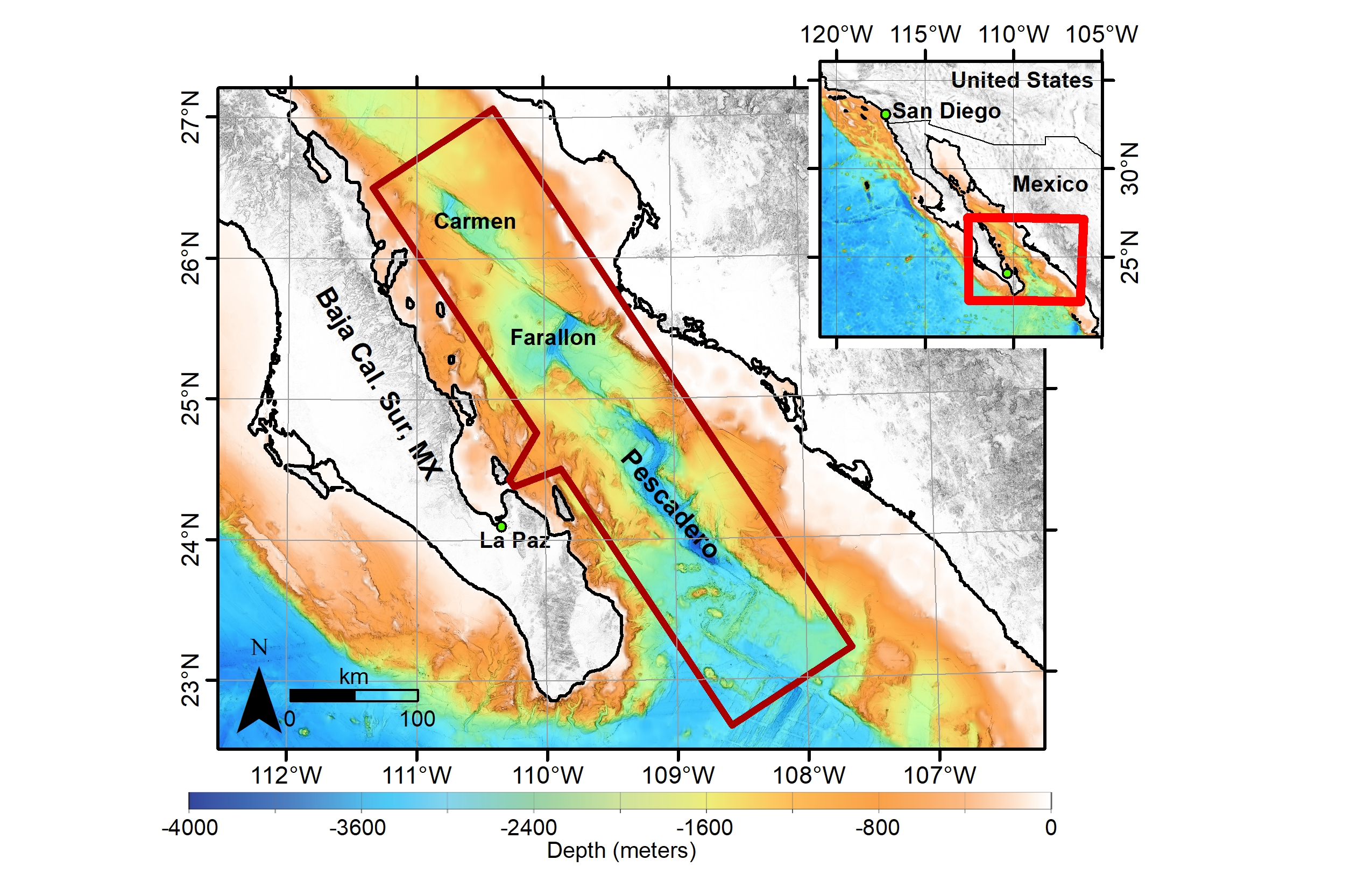


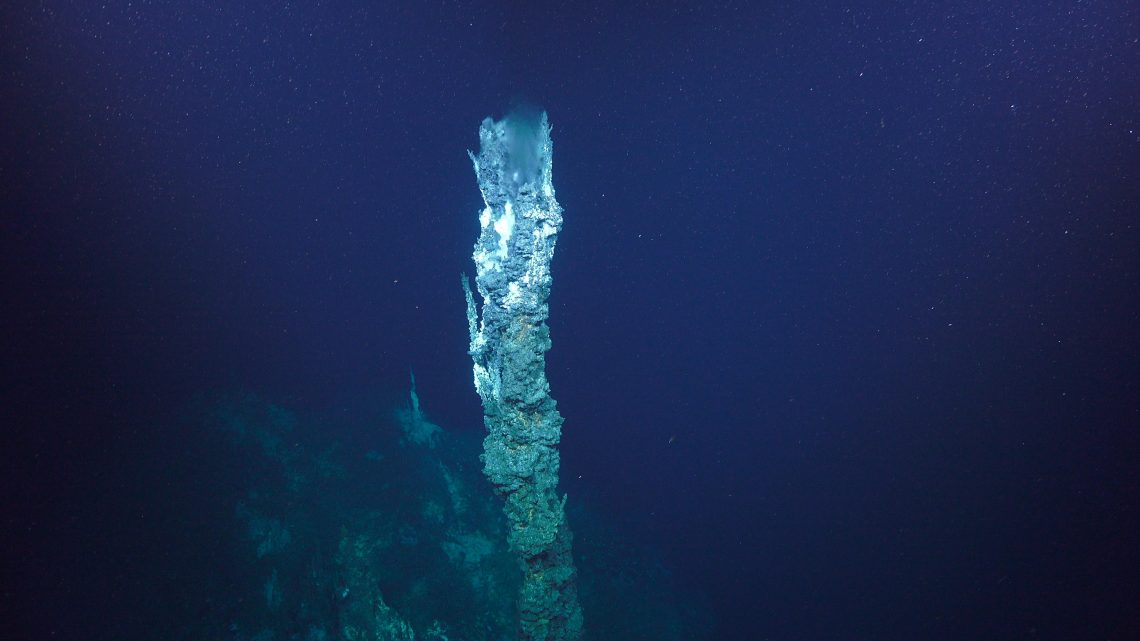
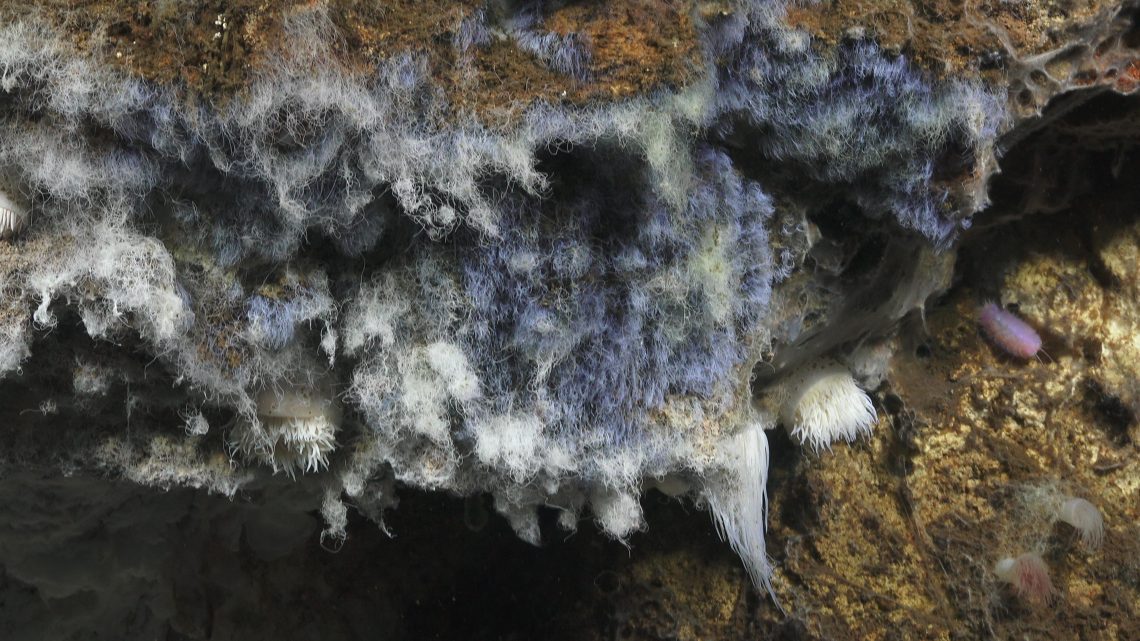
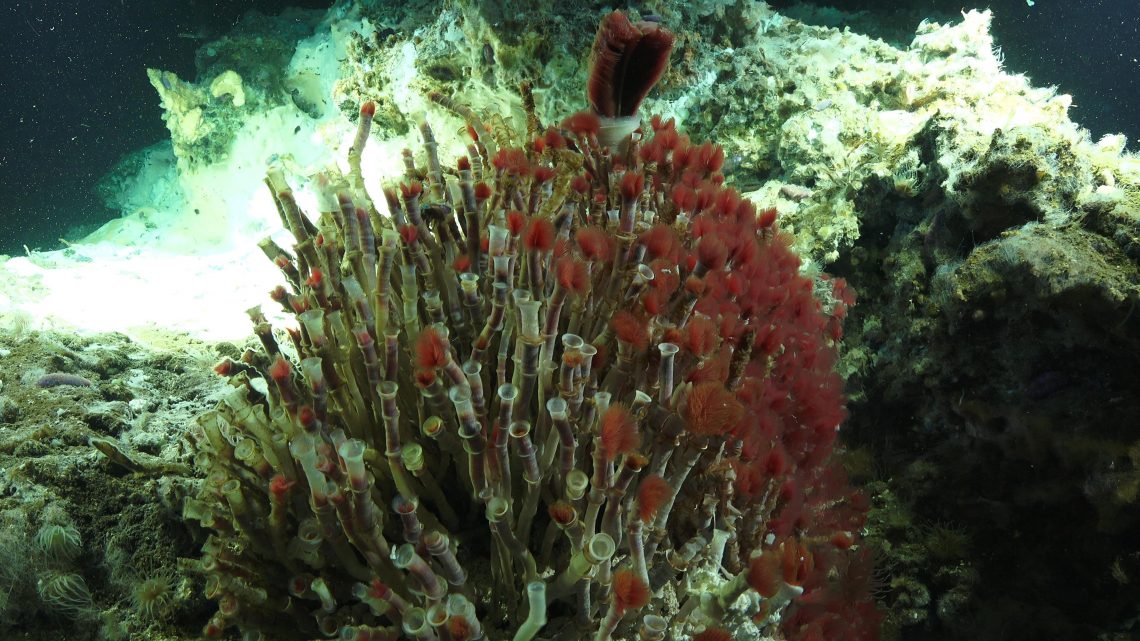
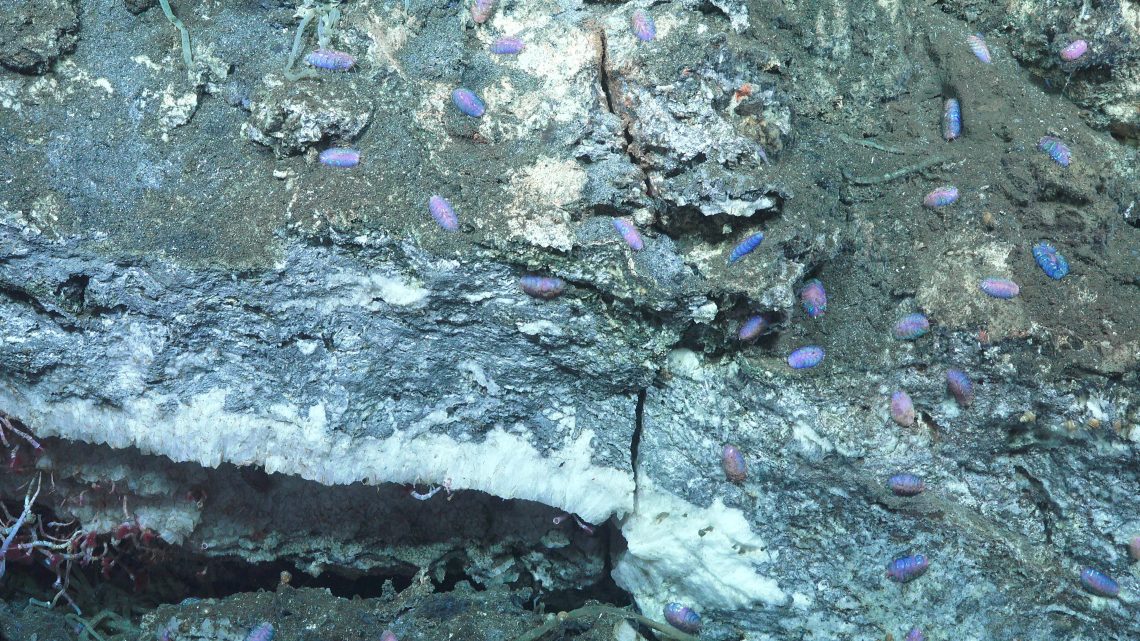
Data & Publications
The resulting shipboard dataset is being archived at Rolling Deck to Repository.
Data from event documentation, navigation, imagery and CTD from ROV SuBastian and magnetometer, navigation, and acoustic backscatter and swath bathymetry from R/V Falkor are archived at MGDS.
Benthic Invertebrate Specimens have been accessioned and are publicly available through the Scripps Institution of Oceangraphy’s Benthic Invertebrate Collection.
Data and metadata from animal specimen analsyis is publicly available through the Scripps Institution of Oceanography’s Benthic Invertebrate Collection.
Raw sequence reads of the microbial community of sediments at JaichMaa Ja’ag’ hydrothermal vent field in Pescadero Basin, Gulf of California are available at NCBI.
- 30 day Preliminary Cruise Report: Interdisciplinary Investigation of the Pesacdero Basin
- Final Expedition Report: Interdisciplinary Investigation of the Pescadero Basin
- Zhang, D., Zhou, Y., Yen, N., Hiley, A., and Rouse, G. (2023). Ophryotrocha (Dorvilleidae, Polychaeta, Annelida) from deep-sea hydrothermal vents, with the description of five new species, Euoropean Journal of Taxonomy, 864 (1), doi: 10.5852/ejt.2023.864.2101. [This article has been published as OPEN ACCESS].
- Peña-Salinas, M., Speth, D., Utter, D., Spelz, R., Lim, S., Zierenberg, R., et al. (2024). Thermotogota diversity and distribution patterns revealed in Auka and JaichMaa 'ja 'ag hydrothermal vent fields in the Pescadero Basin, Gulf of California. Peer J Microbiology, 12, doi: 10.7717/peerj.17724. [This article has been published as OPEN ACCESS with support from SOI].
In the News
Scientists Discover New Hydrothermal Vents And Possible New Species In The Gulf Of California
Science Times • November 18, 2021
Six Suspected New Animal Species Observed Near Unusual Seafloor Vents
IFLScience • November 18, 2021
Surreal Deep Sea Discoveries Include Glitter Worms and Upside-Down Lakes
Gizmodo • November 18, 2021
Descubrieron nuevas especies en costas de Baja California Sur; estan en cuenca el Pescadero
BCS Noticias • November 18, 2021
Lagos al revés y gusanos que brillan: descubrimientos surrealistas frente a la costa de México
Gizmodo en Espanol • November 18, 2021
Seis nuevas especies de animales son observadas en el mar
PSNenlinea • November 18, 2021
Surreal Deep Sea Discoveries Include Glitter Worms and Upside-Down Lakes
GizModo Australia • November 19, 2021
Wonderland of iridescent worms and hydrothermal vents found off Mexican coast
Livescience • November 19, 2021
Wonderland of iridescent worms and hydrothermal vents found off Mexican coast
California News Times • November 19, 2021
‘Glowing’ worms and ‘mirror pools’: previously unknown species and unique hydrothermal vents are found off the Mexican coast (PHOTOS)
Market Research Telecast • November 19, 2021
Gusanos “brillantes” y “piscinas de espejo”: hallan en costas mexicanas especies antes desconocidas
UnoTV • November 19, 2021
FOTOS: Investigadores de México y EU hallan un asombroso mundo nuevo bajo el mar
sinembargo • November 19, 2021
Hallan nuevas especies marinas en costas de México; incluidos gusanos brillantes
La Verdad • November 19, 2021
Gusanos ‘brillantes’ y ‘piscinas de espejo’: hallan frente a las costas mexicanas especies antes desconocidas y fuentes hidrotermales únicas (FOTOS)
La Verdad Honduras • November 19, 2021
Hallan especies animales hasta ahora desconocidas en mares mexicanos
tv AztecaNoticias • November 20, 2021
Investigadores de México y EU captan en imágenes nuevas especies en el fondo marino
Plumas atomicas • November 20, 2021
Descubren fuente hidrotermal con seis nuevas especies a 100 km de La Paz | Diario El Independiente
Diario El Indipendiente • November 20, 2021
Descubren gusanos brillantes y alucinantes especies en el mar mexicano
GQ Mexico • November 20, 2021
Descubren especies y fuentes hidrotermales únicas frente a las costas mexicanas | Video
Sputnik Mundo • November 20, 2021
Gusanos azul brillante o moluscos: descubrieron seis especies marinas nuevas en México
infobae • November 21, 2021
Il caleidoscopio di vita sottomarina dei camini idrotermali al largo della costa messicana (VIDEO)
greenreport • November 21, 2021
DESCUBREN ESPECIE DE GUSANO AZUL EN COSTAS DE LA PAZ
El Informante Baja California Sur • November 21, 2021
Heisse Quellen und neue Tierarten
Schweizerbauer • November 21, 2021
Im Golf von Kalifornien: Forscher finden neue Tierarten und Quellen
www.ntv.de • November 21, 2021
Neue Tierarten im Golf von Kalifornien entdeckt
Süddeutsche Zeitung | Southgerman Newspaper • November 21, 2021
Forschung Neue Tierarten im Golf von Kalifornien entdeckt
t-online.de • November 21, 2021
Neue Tierarten im Golf von Kalifornien entdeckt
Berliner Morgenpost • November 21, 2021
Neue Tierarten im Golf von Kalifornien entdeckt
WELT | WORLD • November 21, 2021
Six Suspected New Animal Species Observed Near Unusual Seafloor Vents
Knowledia News • November 21, 2021
Encuentran 6 nuevas especies marinas en México
Elhorizonte • November 22, 2021
Con gli 8 gol del 19enne Spiro, il Mezzocorona ha cambiato marcia. “Zlatan è il mio mito, ma se segno tanto è grazie al gran lavoro di squadra”
Italian News Platform – TheWorldNews.net • November 22, 2021
Nowe gatunki zwierząt odkryte w pobliżu kominów hydrotermalnych
dzienniknaukowy.pl • November 22, 2021
Hidroterminėse versmėse aptiko tai, kas žmonėms niekad nebuvo matyta: turime galimybę išsiaiškinti, iš kur kilome (Foto)
Technologijos.lt • November 22, 2021
Neue Tierarten im Golf von Kalifornien entdeckt | Welt
Merkur.de • November 22, 2021
Heiße Quellen und unbekannte Tierarten entdeckt
Kronen Zeitung | Kronen newspaper • November 22, 2021
Kaleidoscope of Deep-Sea Life Found Near Hydrothermal Vents Off Mexican Coast
Smithsonian Magazine • November 22, 2021
Hallan nuevas especies marinas y fuentes hidrotermales frente a costas de México
La Jornada Maya • November 22, 2021
Descubren nuevas especies en México posiblemente nunca antes vistas
La Sirena • November 22, 2021
Descubren gusanos brillantes en el mar mexicano
Hoy en la noticia • November 22, 2021
Scientists Discover New Hydrothermal Vents and Possible New Species in the Gulf of California
ROV Planet • November 22, 2021
Gusanos brillantes y otras nuevas especies marinas ¡se descubren en México!
Wokii • November 23, 2021
New animal species discovered near hydrothermal vents
ONET • November 23, 2021
Iridescent Worms and Never-Before-Seen Species Thrive in Hydrothermal Wonderland in Mexican Coast
Nature World News • November 24, 2021
Scientists Discover New Hydrothermal Vents and Possible New Species in the Gulf of California
ECO • November 24, 2021
Scientists discover hot springs in the ocean – previously unknown animal species live there
Stern | Star • November 25, 2021
SCOPERTE SEI NUOVE SPECIE ANIMALI IN DELLE BOCCHE VULCANICHE SUL FONDALE MARINO
everyeye • November 25, 2021
Unusual and extremely hot deep sea world discovered by scientists
Mashable • November 26, 2021
Scientists discover new hydrothermal vents and possible new species in the Gulf of California
IEEE EarthZine • November 27, 2021
A Deep Dive Into the Intersection of Art and Science With an Artist-at-Sea
Atlas Obscura • December 3, 2021
Scientists found a bizarre underwater world and the video is mesmerizing
BGR • December 8, 2021

